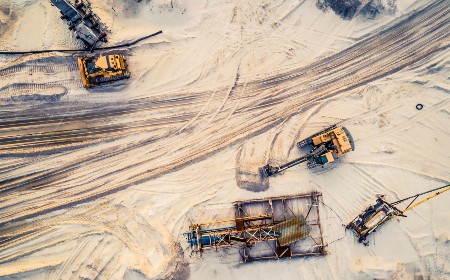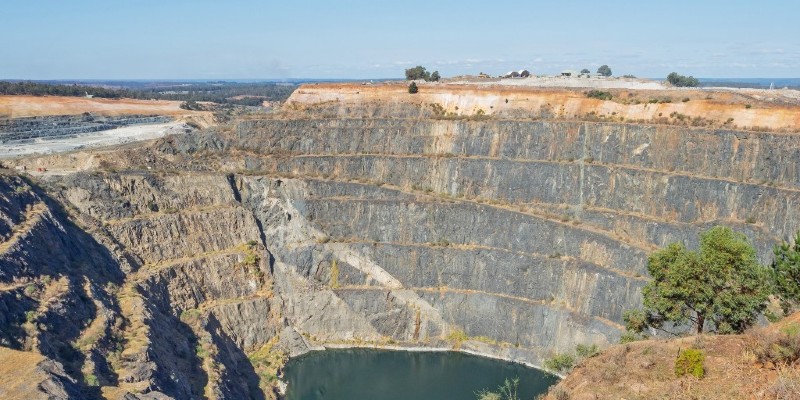
The growing demand for critical minerals is creating new stakeholder challenges for mining companies and governments as they look to accelerate mining without provoking social opposition. The World Bank predicts that demand for many critical minerals will grow by 500% by 2050, but stakeholder opposition poses a key risk to achieving these goals. A recent ERM study found that the biggest cause of delay to critical minerals projects was permitting issues at development stage, caused primarily by stakeholder opposition and concerns around the projects’ environmental impacts.
To improve critical minerals supply, governments are racing to lift permitting hurdles, fast-track projects and offer generous subsidies and tax incentives. Canada is the latest country to announce plans to reduce permitting timelines by as much as a decade, following similar moves by the US, EU and Norway.
While these steps will be welcomed by industry, they will do little to address public distrust. Mining companies face multiple triggers for stakeholder opposition at the development phase, including:
- Mistrust in permitting processes - A previous ERM study of NGO attitudes to critical minerals projects in the US found that many stakeholders doubted the effectiveness of permitting processes and felt regulators had failed to find the right balance between the needs of the energy transition, human rights and environmental protections.
- Lack of economic inclusion - With governments increasingly willing to provide funding and tax incentives to critical minerals projects, civil society and communities often feel left out of these agreements.
- Social media campaigns - Mining disputes (i.e. litigation, protest and opposition) are further exacerbated by the polarising effect of social media, which can rapidly politicise mining projects by drawing in influential actors and making it more difficult for companies to develop a more nuanced and rational dialogue.
Companies can work to remedy these issues, gain social acceptance and progress development-stage projects at pace by following three stakeholder-centric approaches:
1. Go above and beyond domestic regulation
With governments looking to speed up permitting timelines, companies should engage stakeholders earlier and more regularly in the project lifecycle to understand and discuss negative and positive impacts with stakeholders and embrace greater transparency, rather than relying solely on highly bureaucratic regulatory requirements. This is especially true when engaging with Indigenous Peoples, where a deeper level of engagement and understanding of local values is often required.
Sensitive issues relating to economic participation, livelihoods, human rights, health and other social impacts, water or land use and ownership need to be prioritized. These will often require deeper assessments that go beyond what regulators require in an environmental impact assessment, alongside effective grievance mechanisms to identify and resolve issues before they escalate – even prior to formal permitting.
In ERM’s experience, companies that build a strong understanding of rights-holders and stakeholders at an early stage can progress permitting more efficiently, even in complex situations. We are increasingly seeing companies undertake social impact assessments to develop more nuanced understandings of how communities could be impacted by issues such as land acquisition, water usage and artisanal mining (especially in emerging markets). Importantly, the findings of these assessments need to be fed back into decision making so they influence how a company acts to reduce the risk of controversies.
2. Embed social performance into project teams
Mining companies typically rely on social performance and external affairs teams to ensure stakeholder acceptance. However, ERM frequently sees the emergence of silos where these teams are left out of operational and strategic decision making and are instead left to focus on stakeholder consultations in isolation.
The project teams that are responsible for the mine’s design, hold the largest budgets and drive permitting often tend to think about sustainability purely through an environmental lens, without integrating social performance. As such, their approach to impact mitigation may not directly address stakeholder expectations, particularly in an environment where misinformation is spreading.
ERM is increasingly working with asset teams to build country-wide strategies that integrate social issues into the company’s wider objectives and planning. Importantly, this factors stakeholder expectations into decision making and strategic communications.
A recent example included a company in the midst of negotiations with government over its mining license and fiscal terms. It was facing local community opposition over economic benefits that was directly influencing the government’s position in the fiscal negotiations, but the teams managing government relations, community relations and strategic planning were not lined up.
By bringing these teams together to align on the key commercial and operational objectives and how the company wanted to be positioned in the country, the company was able to define a country strategy that set priorities and actions for the overall business in line with its engagement plan. In addition to setting actions, it laid out the governance processes needed to ensure knowledge of stakeholder issues informed decision making across the business.
3. Engage more widely and online
A noticeable characteristic of many recent campaigns against critical minerals projects is the involvement of influential actors who live well beyond the fence-line. The past decade has seen growing collaboration between local, national and international NGOs in anti-mining campaigns, alongside the interventions of high-profile politicians and celebrities on social media.
Companies need to broaden their stakeholder map to reflect this complex and interconnected landscape. Mapping should recognise the relationships between local, national and international actors, and how partnerships based on funding, capacity building and media access might influence their actions. Tailored engagement strategies need to be developed in response to specific issues of concern that address both grassroots stakeholders and national and international counterparts.
In a world of social media, mining companies cannot afford for the online narrative to be shaped for them. Companies need to be proactive in using social media to amplify their message to a larger audience and prevent misperceptions filling the void.
For online audiences, critical minerals projects can make a strong claim for the vital role they play in the energy transition, but only if they are able to credibly demonstrate they are not damaging the local environment and communities. Without this, the legitimacy of the project can quickly fall flat. Clear messaging using multimedia to demonstrate genuinely innovative technologies and the modern methods used to mitigate environmental and social impacts can help to improve engagement and demystify mining processes. Where possible, demonstrating where the project has established partnerships with local NGOs and stakeholders can provide additional credibility, while also enhancing the project’s awareness of local expectations.
The desire on the part of companies to accelerate the development of mining projects is not new. But the energy transition creates a new strategic imperative for this, just as social media and the polarization of political debate are making the stakeholder landscape more complex. Companies, therefore, need to embrace these challenges and place social acceptance at the heart of their development strategies. This will require more attention on stakeholder issues upfront but can ultimately help to derisk projects and reduce the likelihood of costly delays and controversies in the long run.
Author contacts
Charles Pembroke - Associate Partner, EMEA
Alex Guaqueta - Global Leader, Social Performance & Human Rights




